At the 2018 Archery Trade Association (ATA) Show in Indianapolis — the ultimate candy store for bowhunters and archery gearheads — I dove into all manner of new bows, arrow shafts, release aids and accessories — you name it. It’s overwhelming trying to make sense of it all. When I came home, in the back of my mind my focus was on broadheads. I’m in the process of setting up a couple of new bows for the upcoming hunting seasons, and I thought, with all the advancements in broadhead design and technology I’ve seen in my four decades of bowhunting, what’s the right choice today?
Choosing a broadhead is a very personal thing. Bowhunting World readers often ask me which broadhead is best, and my answer is always the same: What do you like best: blondes, brunettes, or redheads? The answer, of course, is “Yes!” If you keep in mind that a broadhead has one function — to cut a hole through hair, hide, muscle and internal organs — and that to do so it must have sharp blades, be strong enough to withstand abuse and be precisely designed to fly like a laser beam, you can now eliminate the cheap stuff and choose from one of dozens of broadheads on the market with confidence that fits your equipment, your personality and the task at hand.
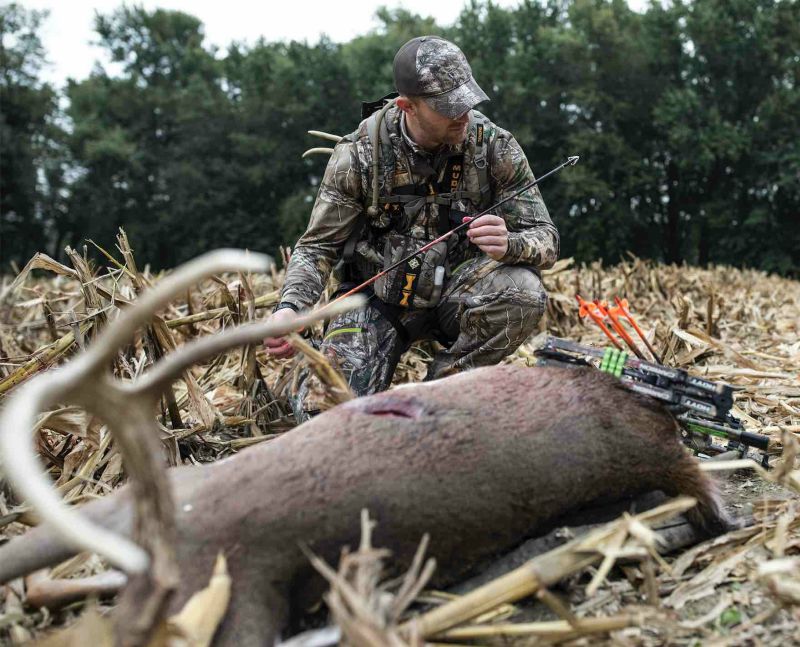 A Brief History
A Brief History
Early man used nothing more than a sharpened stick but soon learned that adding a knapped piece of flint to the end of his arrow made it deadlier. In fact, the oldest arrowheads were discovered in Africa and were dated from well before the birth of Christ. Later, crude metallurgy techniques allowed the replacement of flint with early bronze and iron. When the Europeans arrived in the New World they brought with them cheap metal “trade points,” two-blade broadheads that could be re-sharpened. In the days of Saxton Pope and Art Young — the very early 1900s, when modern bowhunting was in its infancy — some archers added a barbed end to their two-blade heads, believing that if the broadhead stayed in the animal more damage would be done, a design first used by the ancient Romans in battle. This design is illegal for bowhunting today.
Also in the early 1900s, steel two-blade broadheads began incorporating a tubed ferrule that slipped over the end of wooden arrow shafts. Many of these were made by melting the lead core of a .35-caliber bullet, cutting a slot in the tip and dip-soldering the blade in place. Shortly after the introduction of aluminum arrows by James D. Easton in the 1940s came the first threaded inserts, which allowed broadheads to be screwed into the end of the shaft instead of permanently affixed with glue. Soon additional blades were added to create a four-blade design. And as arrow speed increased, vents were cut through the blades themselves to help thwart wind planing. Then a three-blade design came about which addressed wind planing while helping create wider wound channels.
Fast-forward to 1956. In that year bowhunting pioneer Fred Bear perfected the replaceable bleeder blade in his Bear Razorhead broadhead, which made adding fresh razor-sharp blades in tandem with a fixed main blade that had to be hand-sharpened quick and easy. Other creative bowhunters soon recognized the advantages of sharp replaceable blades and began experimenting with ways to make it happen. One such man was Jim Dougherty, who together with some of his buddies began gluing razor blades to the ferrules of his cutting-tip broadheads in the late 1960s, field testing them on the large feral goat population that at that time ran rampant on Catalina Island, off the southern California coast. But it was Richard Maleski with his 1972 Wasp broadhead that brought mass production to the replaceable-blade design.
Archers had also been experimenting with expandable broadhead designs for decades, including the 1956 Mohawk, 1959 Geronimo, 1972 Pioneer Game Tamer and 1983 Viper, but it was Greg Johnson and his Rocket Aerohead in the late 1980s that was the first successful commercial expandable broadhead design. Along the way, innovative archers tried lots of things, from building broadheads out of synthetic materials to metal injection molding (still used on some broadheads like the G5 Montec), fiddling with broadhead size to create lighter and smaller-diameter broadheads that help increase speed, as well as those with oversized cutting diameters.
Today, the modern mechanical broadhead — which experienced performance problems early on — is the best-selling design type in North America, though not by much, as replaceable- and fixed-blade broadheads still have a large following. The question is, which is best for you?
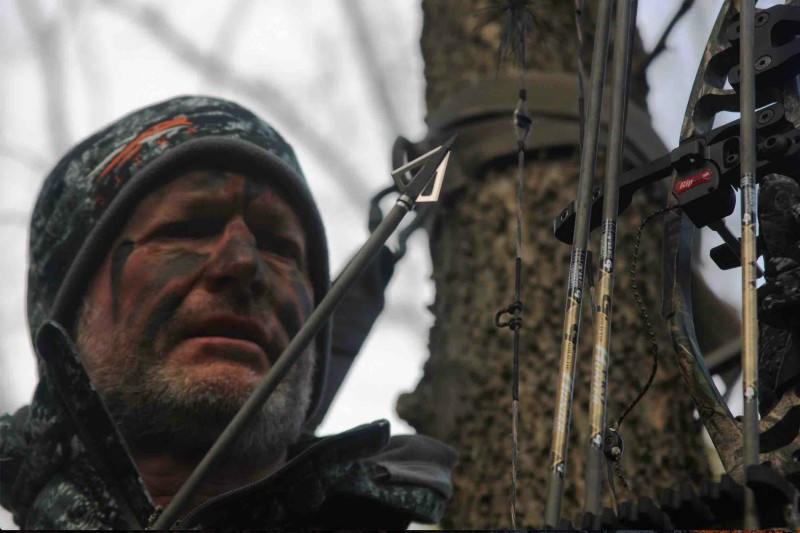 Fact vs. Fiction
Fact vs. Fiction
It is hard to quantify broadhead performance en masse simply because it is difficult to collect data in sufficient quantity to make a judgment. However, a study presented at the Southeast Deer Study Group in 2014 by Andy Pedersen, a retired senior engineer at Naval Support Facility Indian Head, a military installation on the Potomac River in Maryland just south of Washington, D.C., tells us a lot. The base is involved in explosives manufacturing and research, among other things, so the public is not allowed on site. Prior to 1989, sharpshooters were used to control the overpopulation of whitetail deer. In 1989, the base’s Natural Resources Office established a formal bowhunting program open to military and civilian employees to help maintain the deer population within the carrying capacity of the habitat. Andy helped get that program running.
Pedersen is a numbers guy, so he lobbied for data-collection requirements. Hunters are required to file reports on whether they shot at, hit or recovered a deer (defined as found within 24 hours). The base’s Natural Resources Office collects biological data, such as live and dressed weights and jawbone age, from every deer killed. The base is not large or heavily hunted. Two areas totaling 3,000 acres are open to hunting; on one of the areas, there is an earn-a-buck requirement (meaning a doe must be harvested before the hunter can take a buck), and bucks must net 130 inches Pope & Young. On the other area, there’s no earn-a-buck requirement, and bucks must have at least three points on one side. A total of 209 bowhunters pursued deer on the base during the 24 seasons in this study.
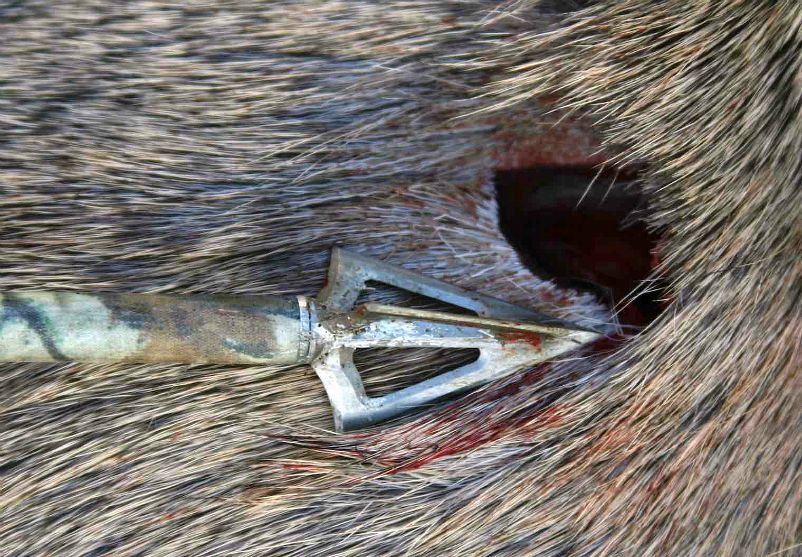 The Data Says . . .
The Data Says . . .
A total of 135 of the 209 bowhunters recovered at least one deer, dragging out a total of 1,083 deer after putting in 35,011 hours of time on stand. That’s one deer for every 32.5 hours in the field, and an average of about eight deer per successful bowhunter. To get 1,083 deer, hunters reported hitting 1,296 deer from 1989 through 2012 for a recovery rate of 83.6 percent. Separated by bow type, crossbow hunters had an 89 percent recovery rate compared to 83 percent for compound bows.
When it comes to broadhead type (for both compound and crossbow users), hunters using fixed- or replaceable-blade broadheads recovered 82 percent of their deer (874 recovered out of 1,066 hit). Hunters using mechanical broadheads recovered 91 percent of their deer (209 out of 230 hit). The total number of deer is lower for mechanicals because they have only been approved for use on the base since 2007, although the majority of deer shot since then were shot with mechanicals.
Compound bow shooters using mechanicals recovered 143 of 161 deer for an 89 percent recovery rate; those using fixed blades recovered 821 out of 1,001 deer for an 82 percent recovery rate. Crossbow hunters using mechanical broadheads recovered 66 out of 69 deer for a 96 percent recovery rate; those using fixed blades recovered 53 out of 65 deer for an 82 percent recovery rate.
Pedersen went so far as to separate fixed-blade recovery rates into pre- and post-mechanical eras. There was no statistically significant difference. Recovery rates with fixed-blade broadheads shot from compound bows were 82.2 percent from 1989 to 2006 and 81 percent from 2007 to 2012. For crossbows: 81.7 percent in the early years, 80 percent more recently.
How about accuracy? Crossbow shooters hit their target 94.5 percent of the time, while compound shooters hit theirs 89.9 percent of the time. The comparison was almost exactly the same for broadhead type. Mechanical users were slightly higher, hitting the deer 94.3 percent of the time compared to 89.4 percent for fixed-blade.
And The Winner Is . . .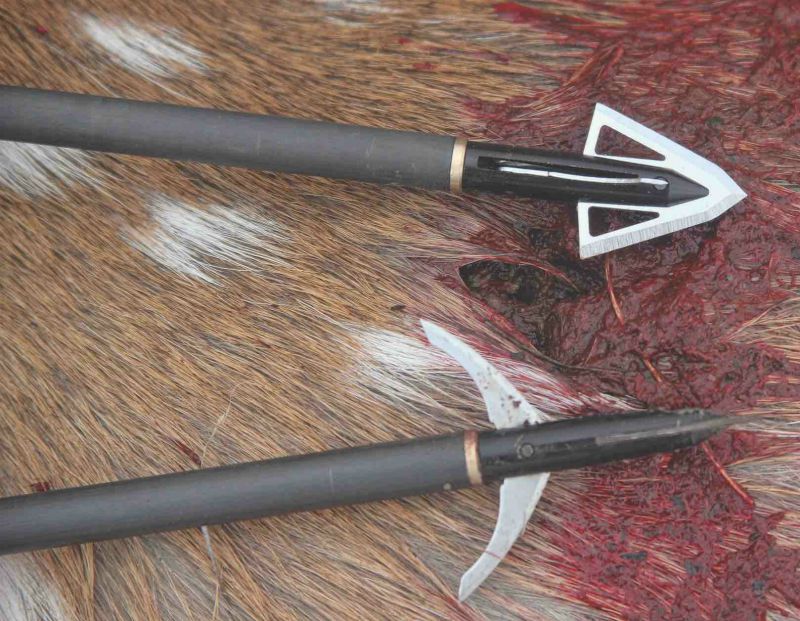
What the data in this study tells us is simple: assuming that the shooter is a competent shot with the bow type chosen, on deer-sized game the differences in performance between bow types and broadhead types are small. Another factor here was that the average shot was less than 20 yards, which lends itself to precise arrow placement. Given that, both mechanical and fixed-blade heads will get the job done in most situations.
In terms of penetration on the world’s largest game, there’s no question that the old-school two-blade design out-penetrates all others, when other factors like arrow weight and shot placement are equal. That’s one reason why, when I went to South Africa back in 2012 to bowhunt Cape buffalo, the law required the use only of a two-blade, cutting-tip broadhead (the other minimum requirements were a compound bow with at least an 80-pound draw weight and a minimum total arrow weight of 750 grains). I used a Muzzy Phantom SS (which is no longer being produced), which weighed 200 grains without the 20-grain replaceable bleeder blades.
Trying to capture the best of both worlds, some manufacturers today are building hybrid broadheads that feature a fixed cutting-tip design with expandable blades tucked farther down the ferrule. One such head I’ve used with excellent results is the Bloodsport Archery’s Gravedigger, which flies very well and cuts a huge hole. I also know plenty of stick-and-stringers who’ve flung Muzzy’s Trocar HBX — a head featuring a 1-inch fixed-blade cutting diameter and 1 5/8-inch expandable cutting diameter. For 2018, Rage has launched its own hybrid, the X-treme Four Blade, which was one head that definitely piqued my interest at the ATA Show.
After decades of using nothing but the replaceable-blade three-blade design on everything from groundhogs to grizzly bears, I was personally brought kicking and screaming into the mechanical broadhead camp for most of my bowhunting after experiencing tremendous terminal performance on tough critters like nilgai, elk and black bears and seeing how accurately they fly at distance. That said, I still choose my old standard three-blade replaceable design for some of my bowhunting.
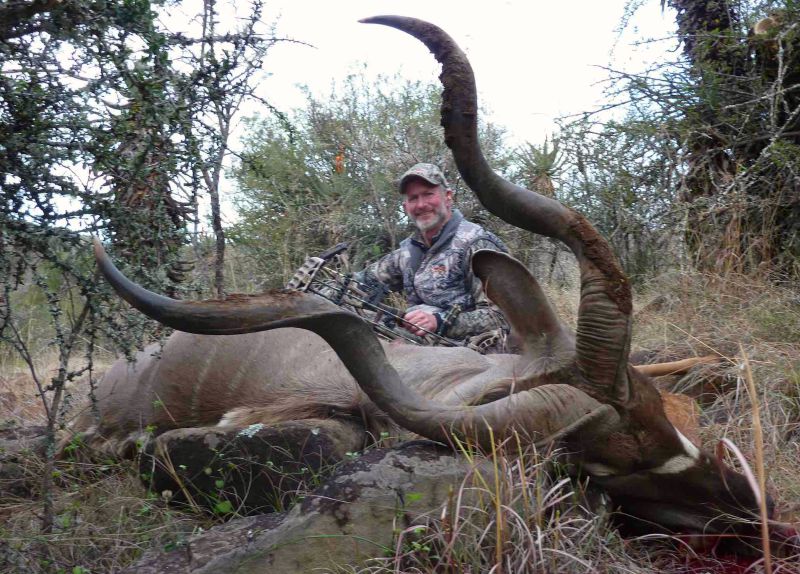 What about weight? When compound bows and aluminum arrows first revolutionized bowhunting in the 1970s, most broadheads weighed between 125 and 145 grains, with the 125s soon being the standard. Then 100-grain broadheads made their debut, and these soon became the most common weight used by the majority of bowhunters. A few manufacturers sold heads as light as 75 to 85 grains, but these ultra-light broadheads never gained much traction. Today, the 100-grain head remains king, though more bowhunters are moving back to the 125-grain broadhead as they rediscover the importance of having more weight in the front end of the arrow shaft.
What about weight? When compound bows and aluminum arrows first revolutionized bowhunting in the 1970s, most broadheads weighed between 125 and 145 grains, with the 125s soon being the standard. Then 100-grain broadheads made their debut, and these soon became the most common weight used by the majority of bowhunters. A few manufacturers sold heads as light as 75 to 85 grains, but these ultra-light broadheads never gained much traction. Today, the 100-grain head remains king, though more bowhunters are moving back to the 125-grain broadhead as they rediscover the importance of having more weight in the front end of the arrow shaft.
The key is to remember that broadheads are designed to slice through tissue, muscle and organs; they are not designed to smash through bones. Thus, above all else a broadhead must fly accurately with your bow-and-arrow setup, and you must be able to precisely place the shot in the vitals without smacking the scapula to achieve maximum results.
The broadhead is the ultimate connection between the bowhunter and his prey. We all understand how difficult it is to get a controlled, close-range bow shot at an animal. When we do, the success or failure of the day is totally dependent on whether or not the broadhead does its job. If it does, we whoop and holler and give thanks to the stars above for our good fortune. If it fails, at best we eat tag soup; at worst, we wound a magnificent game animal and return to camp in shame. Fortunately, today’s broadheads, regardless of design, are truly effective tools of predation.
Top image: Mitch Kezar for windigoimages.com






